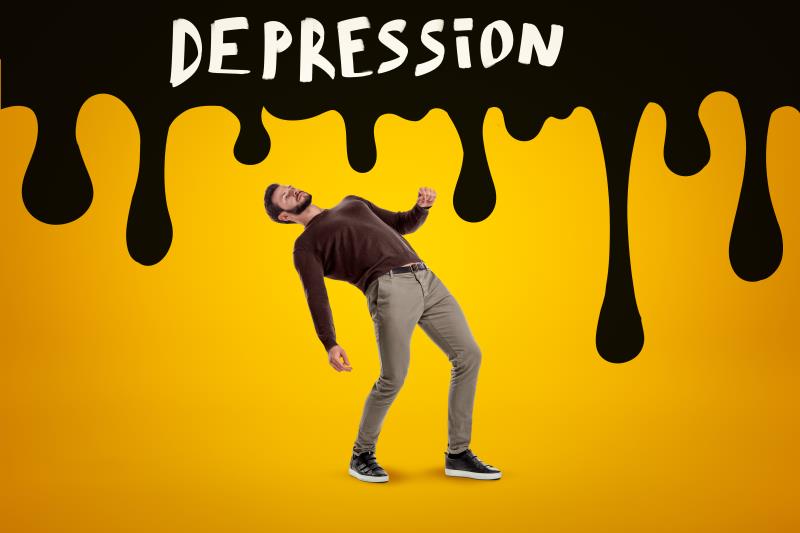
Intranasal esketamine reduces depression symptoms in severely ill patients with major depressive disorder (MDD) and active suicidal ideation with intent, the double-blind randomized ASPIRE 1 study has shown.
“This severely ill patient population has typically been excluded from antidepressant treatment trials, and it is important to note that the severity of these patients’ disease is a psychiatric emergency,” said ASPIRE 1 investigator Dr Dong-Jing Fu, director of clinical research at Janssen Research & Development. “These patients are often hospitalized to protect them from self-harm, but the benefits of hospitalization are often temporary.”
While standard antidepressants effectively treat depressive symptomatology, including suicidal ideation, they require 4–6 weeks to exert their full effect, limiting their utility in crisis situations, added Fu. “Esketamine nasal spray may address this unmet need for a rapid-acting antidepressant in patients with MDD and active suicidal ideation with intent, for which there is no approved pharmacologic treatment.”
Fu and team sought to compare esketamine nasal spray with placebo, each combined with standard of care, in 226 adults with MDD diagnosed according to DSM-5* criteria, active suicidal ideation with intent, and need for psychiatric hospitalization. They were randomized to esketamine 84 mg given intranasally or placebo twice weekly for 1 month, in addition to initial psychiatric hospitalization and newly initiated or optimized oral antidepressant therapy. [J Clin Psychiatry 2020;doi:10.4088/JCP.19m13191]
Following the first nasal dose, changes from baseline to 24 hours in Montgomery-Asberg Depression Rating Scale (MADRS) total score and Clinical Global Impression of Severity of Suicidality Revise version score were analysed. Treatment difference was calculated using the Hodges-Lehmann estimate.
There was greater improvement in MADRS total score with esketamine vs placebo (least-squares mean difference, 3.8, 95 percent confidence interval [CI], 6.56–1.09) at 24 hours, as well as at 4 hours, and at later time points during the one-month treatment.
“The results are particularly notable given the difference in outcomes between the groups, despite them receiving truly comprehensive standard of care,” Fu emphasized. “Of note, the improvement in the MADRS total score was greater for the esketamine-treated group vs those given placebo as soon as 4 hours after the first dose and continuing through the end of the double-blind portion of the study, when the newly initiated or optimized antidepressant therapy had enough time to achieve an effect.”
However, there was no statistically significant difference between groups in the severity of suicidality and reported dizziness, dissociation, headache, nausea, and somnolence.
Esketamine is the S-enantiomer of ketamine, an N-methyl-d-aspartate (NMDA) receptor antagonist, which confers antidepressant effects by transiently influencing glutamate transmission, increasing neurotrophic factor release, and stimulating synaptogenesis.
Intranasal esketamine is US FDA- and EU-approved, in conjunction with an oral antidepressant, for treatment-resistant depression (TRD) in adults.
TRD is defined as nonresponse to at least two different antidepressants in the current episode, given at an adequate dose and duration.